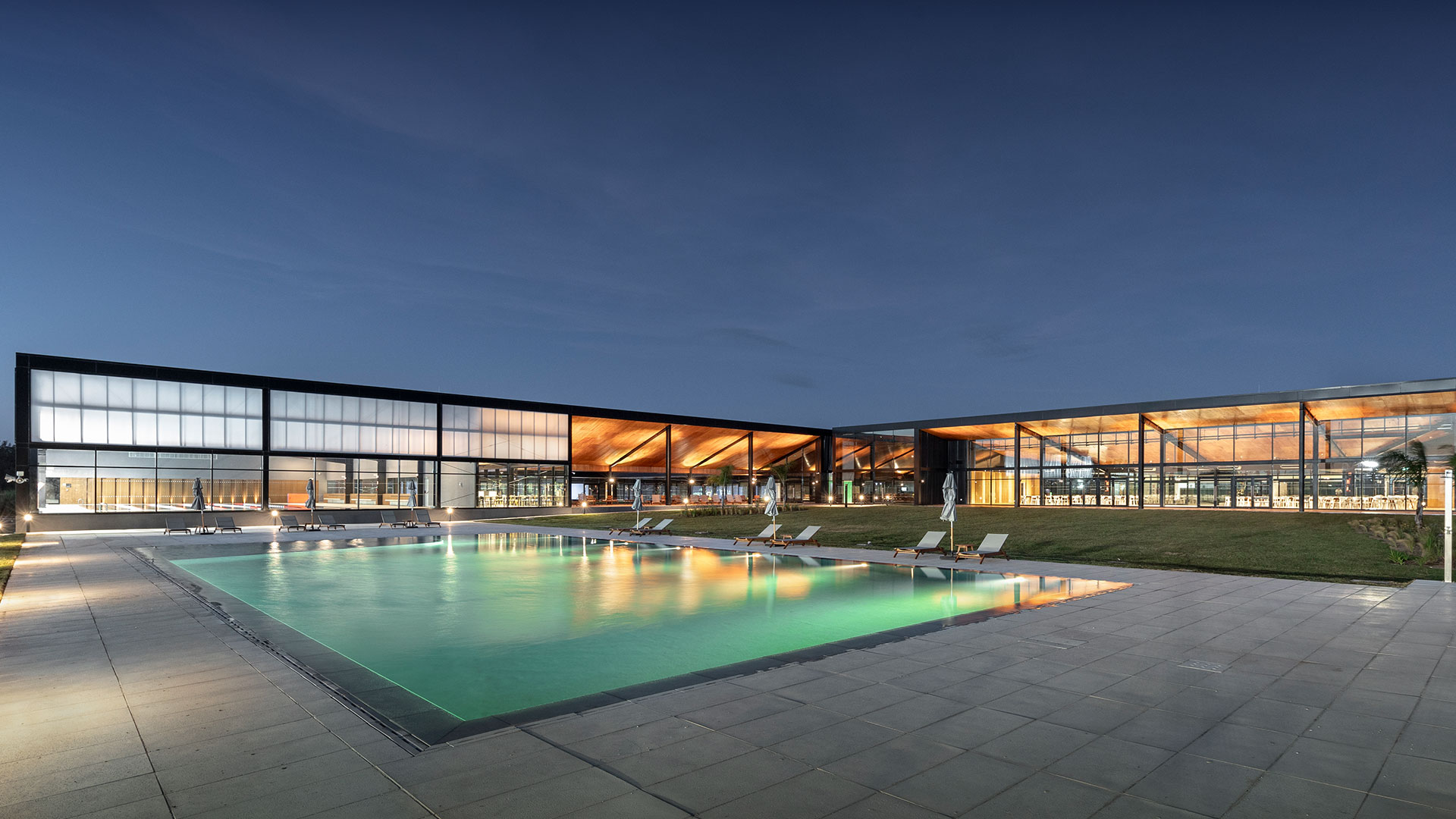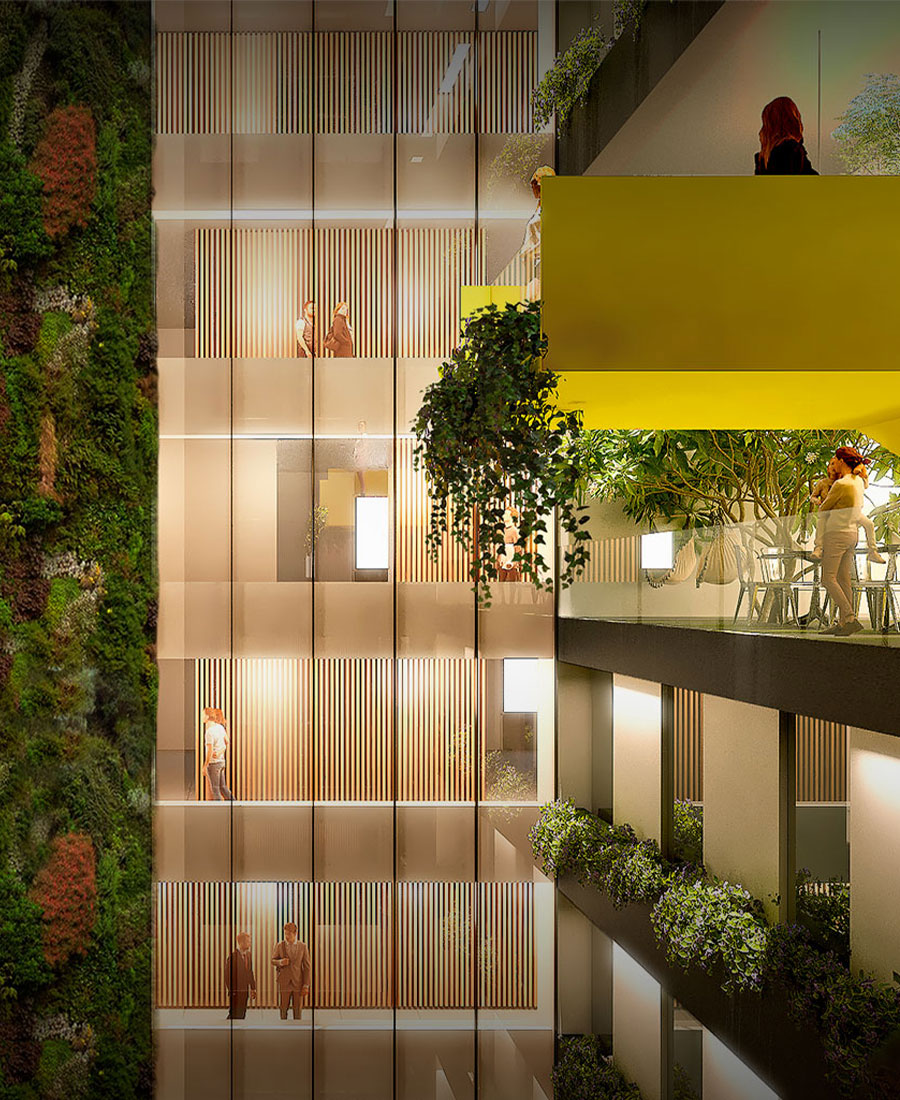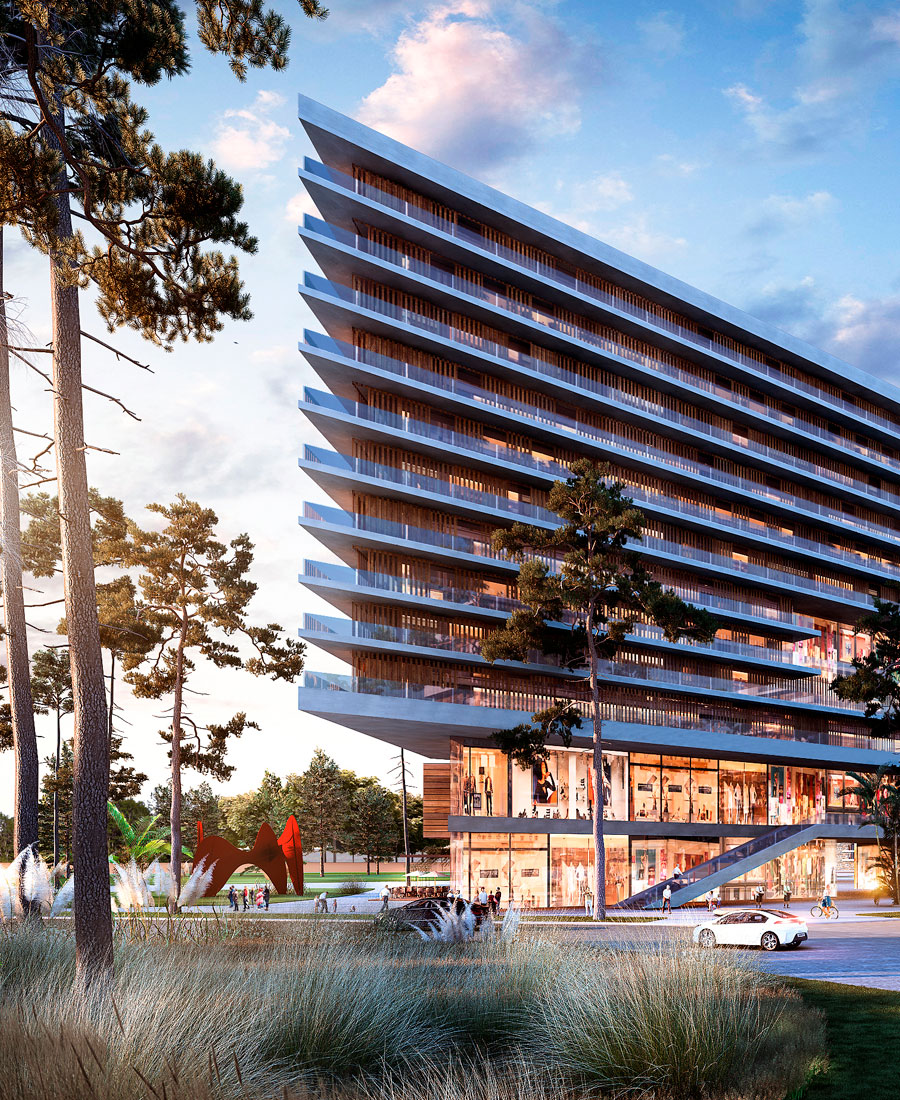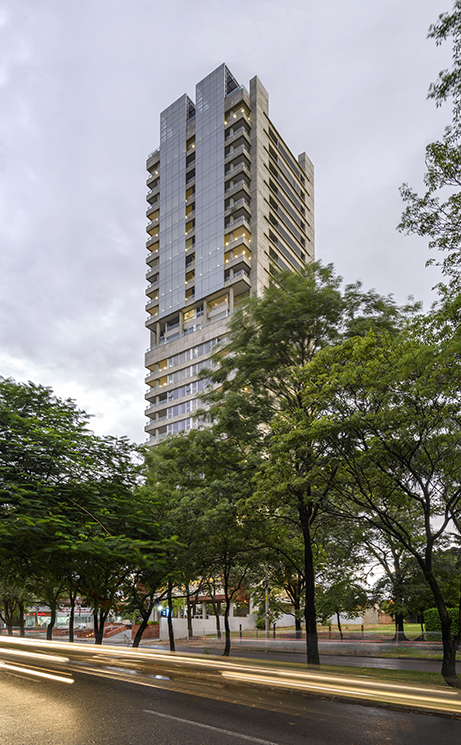

Reading time: 12 minutes
Publication date: on March 21, 2025
Stadiums are no longer just temples of sport; they have become urban icons, catalysts for social change, and gathering spaces where architecture and emotion meet.
If there is one type of architecture that captures the essence of a city—its identity and collective spirit—it is sports architecture. Stadiums are not just concrete and steel structures; they are living monuments where history is written with every match, every concert, and every crowd that fills them. They serve as meeting points for diverse communities, reflections of cultural identity, and increasingly, engines of sustainable urban regeneration.
Sports venues have evolved from being mere competition arenas to multifunctional hubs that integrate cutting-edge technology, sustainability, and enhanced fan engagement.
Although they are fundamental to modern life, stadiums have centuries of history. From the Roman Colosseum to Beijing’s National Stadium, sports architecture has continuously evolved, becoming a phenomenon that extends far beyond sports.
Today, stadiums are versatile spaces that combine technology, design, and environmental awareness, redefining how cities incorporate them into their urban fabric.
From Arenas to Icons: A Historical Perspective
The relationship between architecture and sports is as old as civilization itself. In classical Greece, stadiums were sacred spaces where the Olympic Games were held, while in imperial Rome, the Colosseum stood as the epicenter of mass entertainment. These structures were not only venues for competitions but also symbols of power and social cohesion.
With the Industrial Revolution and the rise of modern sports, stadiums began to proliferate in major cities. By the late 19th and early 20th centuries, football and baseball drove the construction of iconic venues such as Anfield in Liverpool and Fenway Park in Boston. However, it was in the second half of the 20th century that sports architecture underwent a radical transformation: the advent of television and the globalization of sports demanded more comfortable stadiums with better visibility.
The 21st-Century Stadium: More Than Just a Playing Field
Today, stadiums have evolved from being mere crowd containers to becoming key elements of urban development. They serve as spaces for social interaction, economic drivers, and symbols of cultural identity.
The catalytic role of sports architecture is evident in several key areas of urban development:
1. Urban Integration and Regeneration
Stadiums are no longer conceived as isolated “islands” within the city; their architectural design interacts with the surrounding environment, revitalizing underutilized areas and creating high-quality public spaces. A prime example is the London 2012 Olympic Park, developed under the theme of "Legacy." As part of this project, an industrial area abandoned since the 1960s was transformed into the Queen Elizabeth Olympic Park, a vibrant district with housing, parks, and cultural centers built around the sports infrastructure designed for the Games. This urban development continues to host both international and local events, contributing to the revitalization of a previously neglected urban fabric.
2. Collective Cultural Identity
A stadium can become the architectural signature of a city, an emblem encapsulating its identity and history, where every line and structure makes a statement of principles.
A cradle of champions and a monument to football history, Estadio Centenario in Montevideo symbolizes the greatness of a nation that left an indelible mark on the sport. Its imposing concrete structure, conceived for the first World Cup in 1930, stands as a testament to Uruguay’s football identity and its sporting legacy. Beyond football, the Centenario has become a cultural landmark for Uruguayans, hosting legendary concerts and major events. Even today, "filling the Centenario" remains a symbol of significance, a ritual that confirms its place in Montevideo’s collective memory.
In neighboring Brazil, Maracanã Stadium in Rio de Janeiro is considered the temple of Brazilian football—a venue where some of the most memorable moments in sports history have unfolded and a symbol of the unbreakable passion with which Brazilians live and breathe football. For the people of Rio, Maracanã is a sanctuary where culture, emotion, and the art of jogo bonito are celebrated.
3. Flexible and Multifunctional Spaces
Stadiums can no longer afford to remain empty for most of the year. Today, they are designed as versatile spaces capable of hosting everything from football matches to concerts, fairs, and conventions. Multifunctional stadiums ensure that the spectacle never stops, extending their lifespan beyond sports and becoming epicenters of culture, entertainment, and social interaction. Their design not only optimizes space usage but also aims to provide an immersive and enhanced experience for spectators, integrating technology, comfort, and services that transform each event into a unique experience.
A prime example of this evolution is the Mercedes-Benz Stadium in Atlanta, whose flexible architecture, featuring a retractable roof and movable seating, allows the venue to adapt to different events, maximizing both profitability and social impact.
4. Environmental Impact and Architectural Resilience
The environmental impact of stadiums is a central issue in contemporary architecture. From the use of recycled materials to the implementation of solar panels and rainwater collection systems, new stadiums aim to minimize their ecological footprint. By 2030, it is expected that at least 50% of top-tier stadiums will be carbon neutral, aligning with global sustainability goals. (Source: FIFA Sustainability Strategy).

Trends That Are Changing the Game
Sports architecture continues to evolve, reshaping how stadiums integrate into urban life. No longer just temples of sport, they are now dynamic spaces that respond to new demands for technology, accessibility, and socialization.
The digitalization of stadiums has transformed them into technological ecosystems, where occupancy sensors optimize crowd flow, automated LED lighting reduces energy consumption, and augmented reality allows fans to interact with the game in unprecedented ways.
Smart stadiums are revolutionizing the spectator experience. The global smart stadium market is projected to reach $34.5 billion by 2030, with a compound annual growth rate (CAGR) of 20.2% between 2022 and 2030. (Source: Grand View Research) Investment in stadium technology—such as IoT, 5G, and data analytics—is increasing, with a focus on enhancing both spectator experience and operational efficiency.
At Levi’s Stadium in Santa Clara, high-speed connectivity and mobile applications have transformed how attendees experience events, from ordering food without leaving their seats to accessing real-time replays on their phones.
But innovation is not just about pixels and data—inclusivity and accessibility are redefining sports architecture, ensuring that these spaces are truly for everyone.
Perhaps the most intriguing transformation is the stadium as a "third place"—a concept that transcends sports and integrates stadiums into the daily life of the city. Traditionally, third places have been cafés, plazas, libraries, or cultural centers, but in contemporary architecture, stadiums are adopting this role by incorporating mixed-use programs that blend entertainment, commerce, and workspaces within the same venue.
A prime example of this new generation of stadiums is the Tottenham Hotspur Stadium in London, which, beyond hosting football matches, features bars, restaurants, and even a zipline attraction that allows visitors to glide from its roof.
In this model, the stadium ceases to be a sporadically used venue and transforms into a dynamic urban hub, an active community space that integrates sports and cultural offerings year-round. In doing so, it establishes itself as an experiential architectural entity, a permanent gathering point that strengthens the city’s social fabric.
The Stadium of the Future: A Space for Everyone
Sports architecture has evolved from a structural design exercise into a cultural, social, and economic phenomenon. The stadiums of the future will not only be more sustainable and intelligent but also spaces of inclusion, identity, and community—icons that connect with audiences worldwide.
More than just venues for spectacle, stadiums now design experiences, foster inclusion, and redefine the relationship between sports and the city.
In a world where sports remain one of the few forces capable of uniting millions, stadiums will continue to be the stages where history is written in real time.





